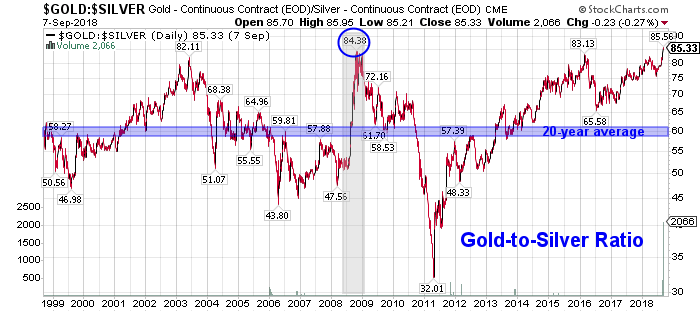Bubble
Trouble
Pension funds reel from falling yields
A once-unthinkable collapse in global bond yields is forcing pension funds to buy bonds that offer negative returns -- putting the financial security of future retirees in jeopardy.
U.S. institutions managing trillions of dollars in retirement savings – including the California Public Employees' Retirement System – have been ratcheting down return expectations. Japan's Government Pension Investment Fund, the world's largest, has warned that money managers risk losses across asset classes. In Europe, pension funds may be forced to cut benefits in part thanks to the decline in rates.
Investors were already taking on more credit risk to make up for dwindling income elsewhere, with some chasing less liquid markets like private debt. Now, negative yields on over a quarter of investment-grade bonds – with more monetary easing to come – are increasing the urgency for portfolio managers to find new sources of returns.
The Next Recession Will Destroy Millennials
The next recession—this year, next year, whenever it comes—will likely make that Millennial disadvantage even worse. Already, Millennials have put off saving and buying homes, as well as getting married and having babies, because of their crummy jobs and weighty student loans. A downturn that leads to higher unemployment and lower wages will force Millennials to wait even longer to start accumulating wealth, making it far harder for them to accumulate any wealth at all. (Compound interest is magic, after all.) Their trajectory, already terrible, might get even worse.
DYI

